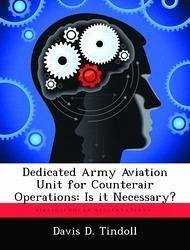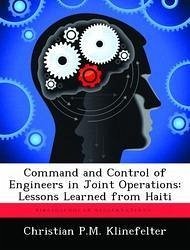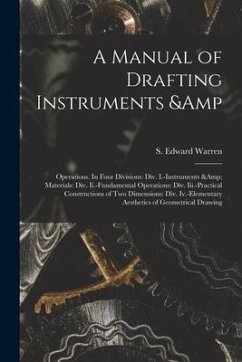
Dedicated Army Aviation Unit for Counterair Operations: Is it Necessary?
Versandkostenfrei!
Versandfertig in 2-4 Wochen
59,99 €
inkl. MwSt.

PAYBACK Punkte
30 °P sammeln!
This monograph examines the requirements for a dedicated aviation unit designed to destroy enemy attack helicopters. The ability of Soviet helicopters to impede and destroy friendly ground forces has created a new problem for Army leaders. Recognition of this problem has led to a search for countermeasures. This monograph concentrates on the means of conducting counterair operations at the tactical level of warfighting. First, the Soviet attack helicopter threat is discussed to demonstrate the importance of the attack helicopter to Soviet operations. The organization, capabilities, survivabili...
This monograph examines the requirements for a dedicated aviation unit designed to destroy enemy attack helicopters. The ability of Soviet helicopters to impede and destroy friendly ground forces has created a new problem for Army leaders. Recognition of this problem has led to a search for countermeasures. This monograph concentrates on the means of conducting counterair operations at the tactical level of warfighting. First, the Soviet attack helicopter threat is discussed to demonstrate the importance of the attack helicopter to Soviet operations. The organization, capabilities, survivability, and logistical constraints of Soviet helicopter forces are presented. The Soviet philosophy concerning offensive air-to-air combat is discussed. Next, the monograph examines the weapon systems designed to defeat the Soviet helicopter threat. The combination of ground based air defense systems and fighter aircraft are analyzed as to the degree of protection they provide to friendly forces. The major problems inherent to these air defense weapons are discussed. A determination on the feasibility of these air defense systems is based on recent tests and historical combat experience. The capabilities of Army aviation units conducting aerial combat are examined. The tactical doctrine, flight tactics, and training for air-to-air combat are presented as the main ingredients for success. The importance of aircraft technology in regard to airframes and armament is analyzed to determine the standard for a dual role attack helicopter. Finally, the criteria for a dedicated aviation unit for the purpose of aerial combat are established. The trade-offs required in the development of either a multipurpose or special purpose attack helicopter are discussed. Two examples of a dedicated aerial combat aviation unit are presented and its cost in terms of mission success are analyzed.












